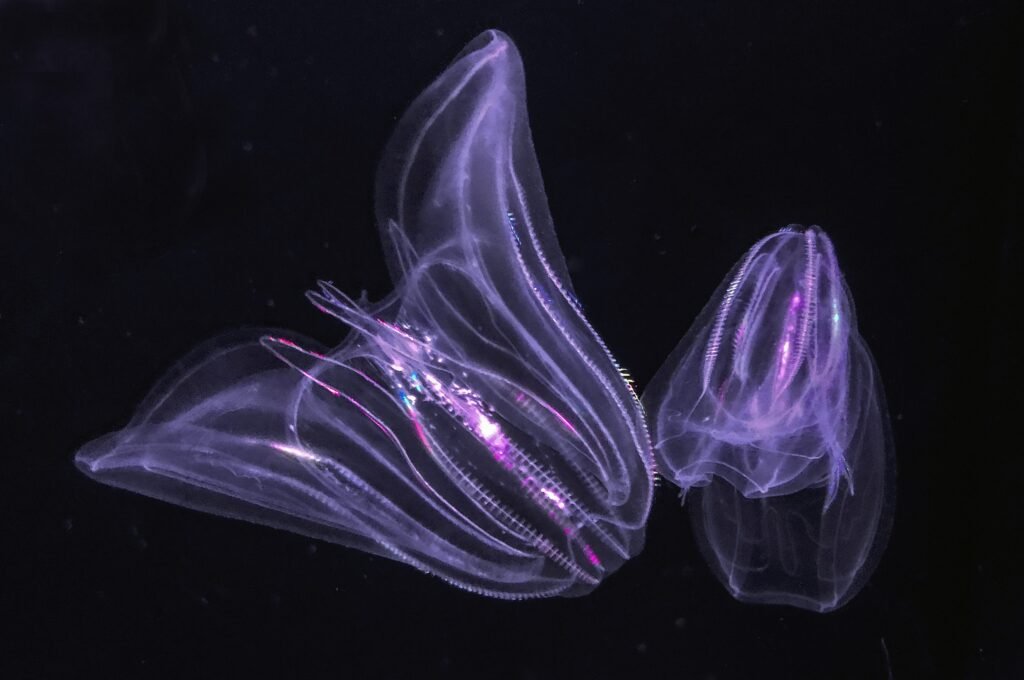Earth’s massive ‘Gateway to Hell’ tripled in size in just 30 years, Scientists warn
Scientists warn Earth’s massive “Gateway to Hell” which Siberia hosts has tripled in size in just 30 years. Batagaika Crater is another name for this “Gateway to Hell.”
It is a 200-acre broad and 300-foot deep hole in the Yana highlands of Siberia. Scientists have noted that the hole has been growing more rapidly than expected due to climate change.
Another official name for this deep hole is “Batagay,” the second-oldest permafrost on Earth. Permafrost is ground that remains completely frozen or colder for at least two years straight. It is so large that you can see it from space.

Scientists are now studying this deep hole to discover everything there to know about it. Roger Michaellides is a geophysicist at Washington University.
He stated they were talking about frozen dirt underground. You usually cannot see unless it has been exposed somehow like in this mega slump.
According to Roger, they can learn from Batagaika, not only in terms of understanding. However, it will evolve with time; but similar features might also develop and evolve over the Arctic.
The area at this location had become permanently frozen around 2.58 million years ago during the Quaternary Ice Age. When residents first saw Batagay in Yakutia, Russia, they heard terrible noises such as immense booms or screams, coming from it.

Click here to read the updates on Mysterious Black Snowfall in Kuzbass, Siberia
However, this frosted region started melting in the 1960s, and sunlight began to enter the hole and warm the ground. It is still melting and some scientists have warned Earth’s massive “Gateway to Hell” that tripled in size might swallow up most other lands as other parts begin melting.
Nikita Tananaev is a researcher at Yakutusk’s Meinikov Permafrost Institute. He claimed seepage from the Batagaika crater is permanently changing the surrounding ecosystems. It poses a high threat to surrounding villages in this area.
According to Nikita, this will lead to significant changes in flowing rivers. They also observed the effect of sediment escaping the slump (Batagaika crater) in the Yana River, the major river in this region.
Read More:
- Sea creature turns into a baby when it is stressed out showing time travel
- Realme Narzo 70 Turbo 5G launch date, features, specifications & price
- European Space Agency printed 3D metal part in space for first time
- Earth’s mysterious Alaska triangle where over 20,000 people disappeared
- Philips Hue launched a new smart lighting solution for kitchen
- NASA to launch life-searching spacecraft to Jupiter’s moon Europa
Share this content:










Post Comment